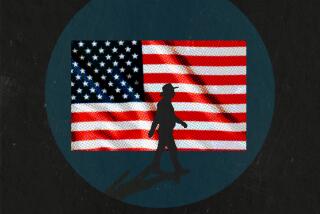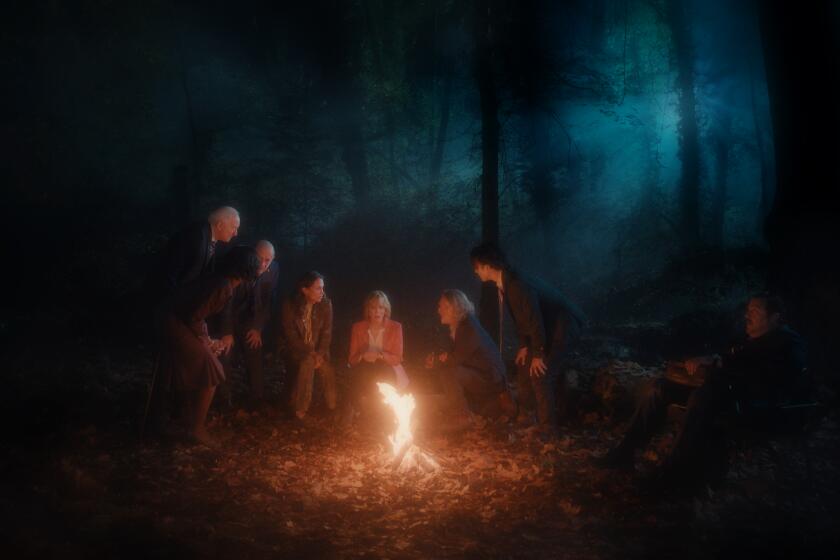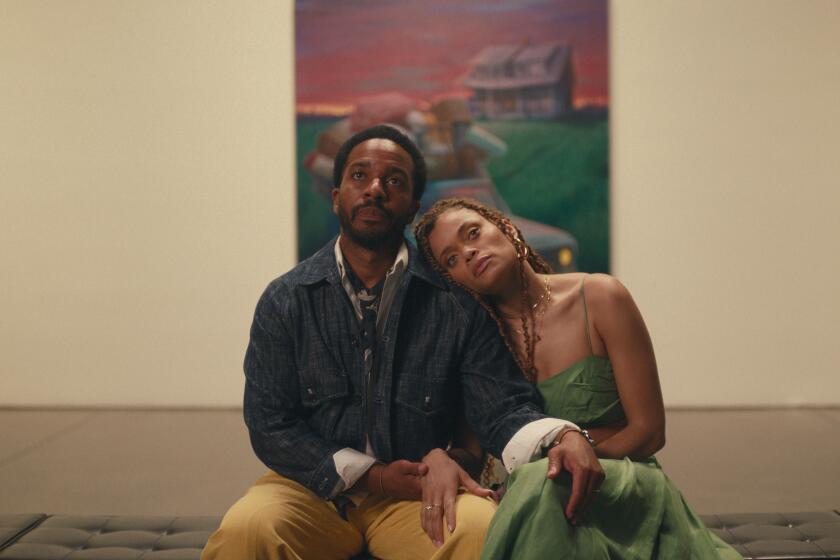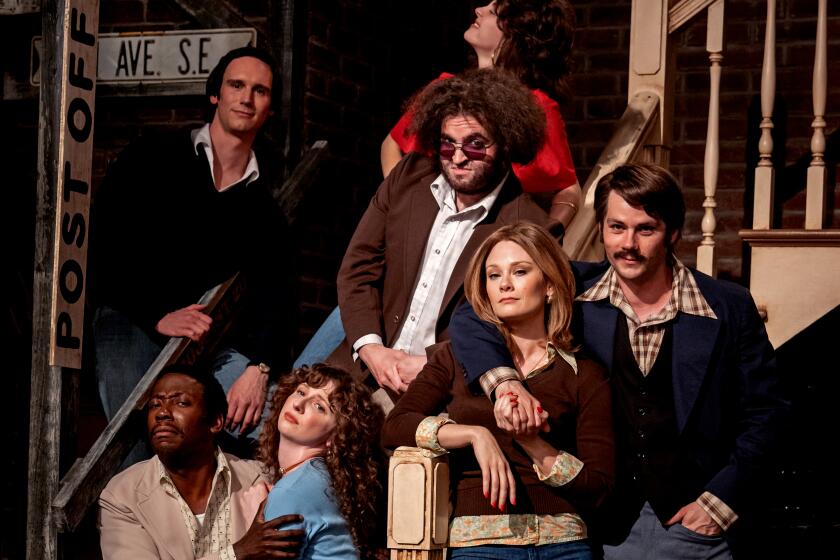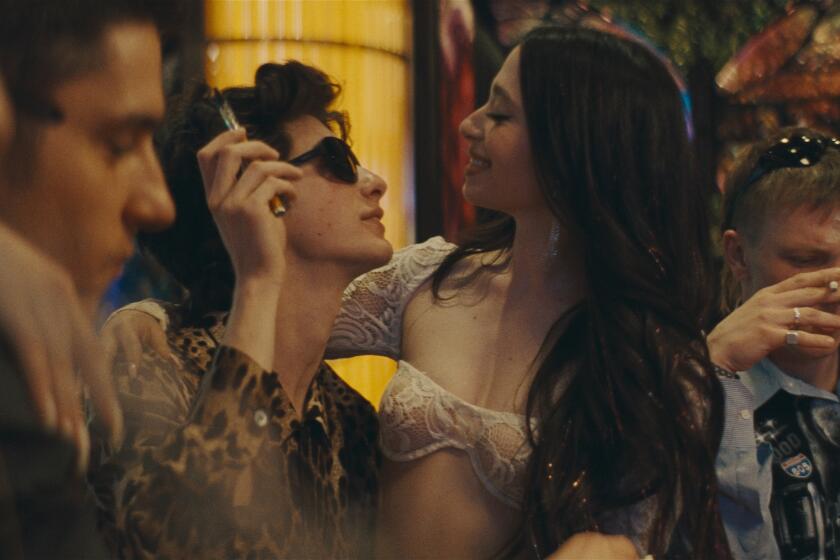‘187’ Demonizes Latino, African American Students
Although screenwriter Scott Yagemann hopes “187” will lead to safer schools, “187” unfortunately indicts African American students in New York and Latino students in Los Angeles for transforming our schools into contemporary urban battlegrounds (“90% of ‘187’ Is Based on Schoolteachers’ Reality,” Counterpunch, Aug. 4).
“187” demonizes African American and Latino students as sexist, racist, violent, nihilistic thugs who lack respect for their parents, teachers and the benefits of an education.
Yagemann admits “187” is “a brutal depiction of a worst-case scenario,” but the problem with this strategy is that it produces narratives and representations of African American and Latino youth that undermine his crusade. But most important, the impact of this film will be felt in the area of race relations, in the political arena and in the solutions to curbing violence in schools. It will have a negative and chilling effect on the minds of viewers for years to come.
“187” must be critically analyzed for its contradictory sociocultural logic. Teachers, administrators, parents and students from all racial and cultural groups must collaborate to foster solutions to school violence and racism, rather than allow themselves to be pitted against each other as depicted in “187.”
*
The Latino “gangsploitation” genre of “187” is not new to Hollywood. Almost 20 years ago, “Boulevard Nights” and “Walk Proud” glorified and romanticized negative depictions of Latino youth. Furthermore, African American and Latino students have been portrayed as in need of a savior in films such as “The Blackboard Jungle” (1955), “Lean on Me” (1989), “Dangerous Minds” (1995) and “The Substitute” (1996).
However, what sets “187” apart from previous films is that it conveys a political message of safer schools on the backs of Latino students, parents and Latino administrators. “187” also modifies the look of all Latino students to conform to a monolithic image of the gangbanger-tagger, with a tattooed and pierced body, shaved head and baggy pants.
Students in “187” menace their teachers, sexually harass women, vandalize school property, smoke marijuana during school, have sex in the classroom and vandalize the homes of teachers; they have no respect for life or themselves. Rita, the main Latina character, is portrayed as a sexual object for the students who also offers her body to teachers to succeed in school.
In other words, the Latino portrayed in “187” is a postmodern version of an apolitical “other” whose difference is neither political nor emancipatory but contradictory and destructive.
In reality, there have been many efforts in which teachers, students, parents and administrators from diverse social, cultural and economic sectors have united to bring about constructive reform in combating the problem of school violence and safety. For example, the Los Angeles Unified School District has established numerous committees, which have brought about meaningful change, including the Anti-Gang Task Force and the Emergency Task Force on School Violence.
Although these are positive collaborative efforts, further strategies linked to the curriculum and instruction are severely needed to curb violence and racism. Teacher training and staff development programs must also be developed alongside changes in the curriculum and in the delivery of instruction.
In order to combat school violence and racism, schools need what educators now term a “critical multicultural education” approach that emphasizes race, gender, language, class, culture and student experience. By utilizing such an approach, students and teachers will have an analytical tool to deconstruct films and other popular culture media forms that polarize, alienate and scapegoat entire racial and ethnic groups.
If Warner Bros. and Icon Productions, which made and distributed “187,” are really serious about curbing violence in schools, they should establish a large foundation to award grant moneys to schools that demonstrate collaborative efforts toward developing innovative and creative strategies such as critical multicultural education, critical media literacy and promoting interracial and cultural understanding among all people.
More to Read
Only good movies
Get the Indie Focus newsletter, Mark Olsen's weekly guide to the world of cinema.
You may occasionally receive promotional content from the Los Angeles Times.

